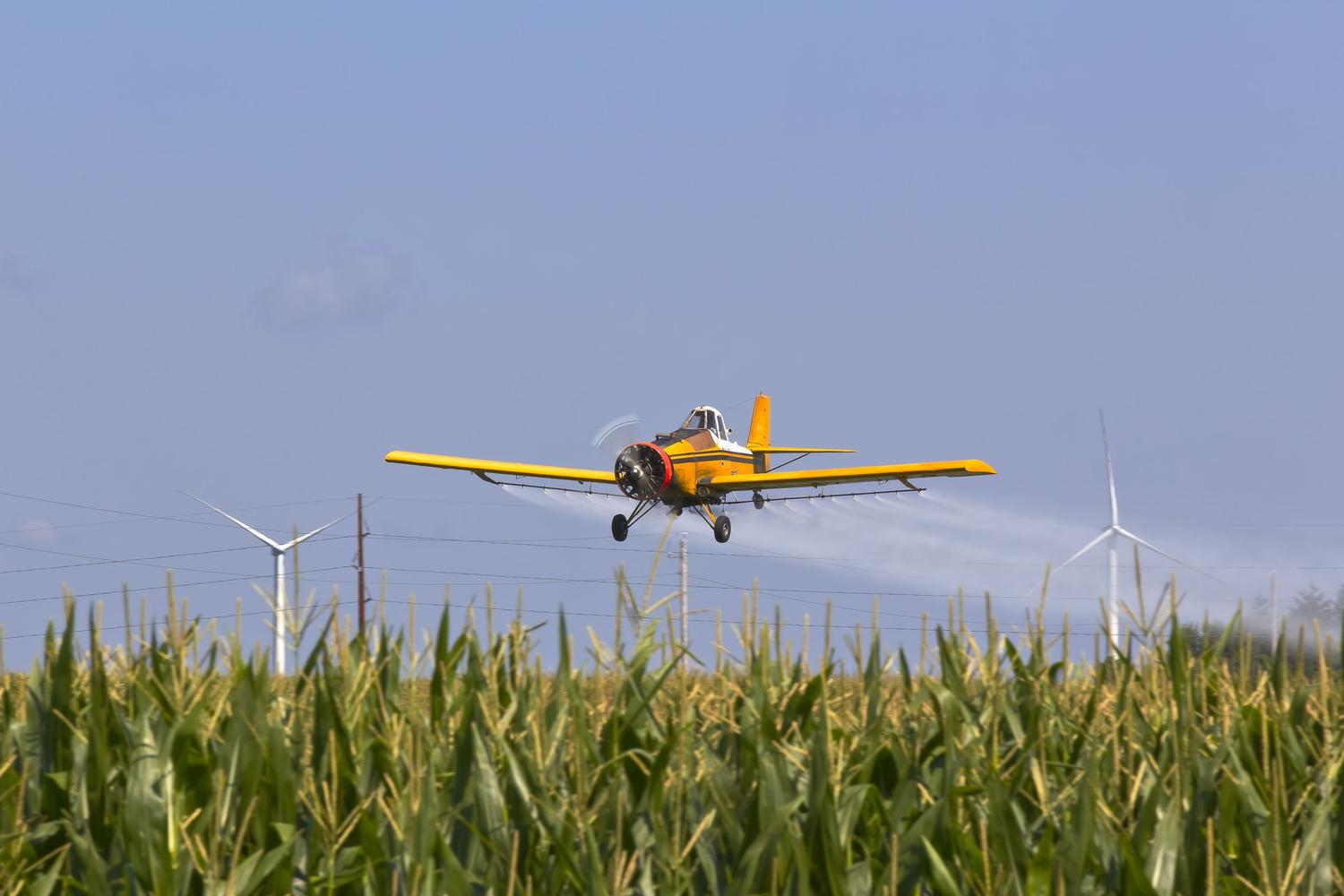A major concern regarding climate change is its potential future impact on food production, resulting from increasing temperatures and changes in precipitation. Experiments can demonstrate the effects of varying temperatures and precipitation on specific crops. However, climate models are not capable of accurately projecting regional temperature and precipitation changes which might result from climate change.
There is general agreement that the mild warming which has occurred during the current warm period has had a positive impact on farming in the US Midwest, extending growing seasons and reducing frost and freeze losses. Farm productivity has continually increased as the result of improved crop varieties, mechanized farming, the use of fertilizers and pesticides, and expanded irrigation. There is the expectation that this trend would continue until mid-century, but might then succumb to higher ambient temperatures.
The concern regarding food production beyond mid-century is a function of the projected increases in near-surface temperatures combined with projected changes in precipitation. The projected changes depend upon the model(s) chosen and the assumptions regarding climate sensitivity and feedbacks. Any projections are thus questionable, since there is no verified and validated climate model which has demonstrated predictive skill, the climate sensitivity to a doubling of atmospheric CO2 concentration is unknown and the future rate of increase of atmospheric CO2 concentration also unknown.
One major element of the expectation that farm productivity would continue to increase is the greening occurring over most of the globe, largely attributable to the increased atmospheric CO2 concentration, and the resulting improvement in the efficiency with which plants use available water in the enriched CO2 environment. Historical experience with greenhouse plant production demonstrates that plants continue to grow better at significantly higher CO2 concentrations than are anticipated as the result of continued anthropogenic emissions.
Another factor expected to mitigate the future effects of increasing temperatures is the fact that more than half of the temperature increases manifest as warmer nighttime temperatures, rather than higher daytime temperatures. The warmer nighttime temperatures are partially the result of increased irrigation and partially the result of more efficient plant water use, both of which increase ambient humidity, which slows night cooling.
Research conducted at Iowa State University demonstrated dramatic reductions in plant productivity under elevated temperature conditions. However, the high temperature used in the experiments was the same as the record high temperatures experienced during the Dust Bowl years of the 1930s, which were approximately 25°F warmer than the daytime temperatures during the warmest month on record, while the model projected temperature increase is expected to be approximately 7°F warmer than current temperatures by the IPCC.
The results of such studies are determined by the models, Resource Concentration Pathways, climate sensitivities and feedbacks selected to establish the experimental parameters. Fortunately, the models are “running hot” and Mother Nature is not comporting with the modeled environment. Recent research on climate sensitivity suggests that temperature increases will be far lower than projected and that cloud feedbacks are negative, which would work to moderate future temperature increases in the real climate.
